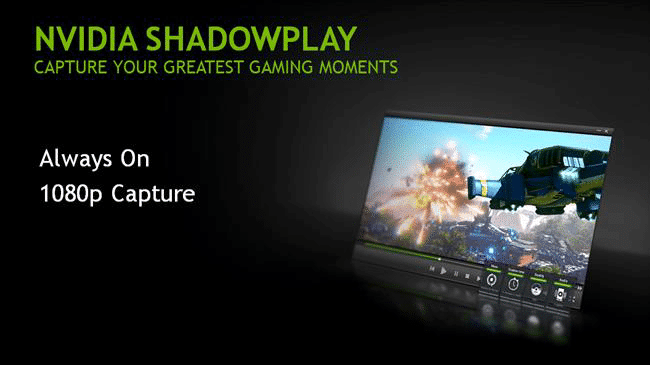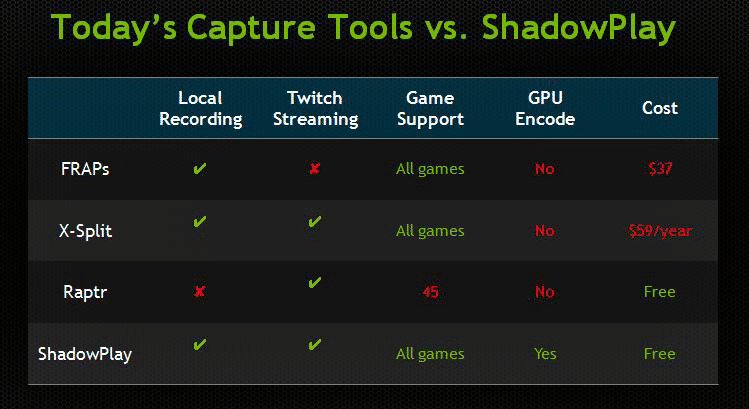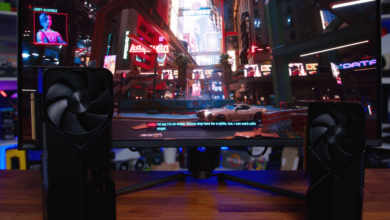Nvidia ShadowPlay Gameplay Recording Software Review
Introduction, Overview and Features

We don’t often take a look at software when it comes to graphics cards but Nvidia latest (beta) software is something quite unique. They’ve attempted to integrate functionality that gamers use a lot, that of recording their in-game footage, and make it not only free for their customers to use but also incredibly easy to use and access. Enter Nvidia ShadowPlay which is Nvidia’s (relatively) new beta software that utilises a built in H.264 hardware encoder on the Kepler GPU. ShadowPlay is part of Nvidia’s free GeForce Experience software and it is supported on the GTX 650 desktop graphics card or higher.

Nvidia’s ShadowPlay aims to beat its major rivals by not only offering a fuller suite of features, but also by taking advantage of GPU encoding that is dramatically more efficient than traditional forms of game recording. ShadowPlay supports local recording via GPU encoding, it supports all Direct X 9, 10 and 11 GPUs and is bringing Twitch Streaming support in the near future. Best of all it is “free”, of course you have to buy a GTX 650 or better desktop graphics card but once you have that it doesn’t cost you a thing.
Features
- Powered by Kepler’s dedicated hardware H.264 video encoder
- Records up to the last 20 minutes of gameplay in Shadow Mode (
10 minutes in Windows 7With the GeForce Experience 1.8 Update you can now do 20 minutes in Windows 7 like in Windows 8) - Records unlimited length video in Manual Mode (
Up to 3.8GB in Windows 7With the GeForce Experience 1.8 Update you can now record unlimited length video like in Windows 8) - Outputs 1080p at up to 50 Mbps
- Results in minimal performance impact (less than 10%)
- GeForce GTX 650 or higher desktop GPU required (notebook GPUs are not supported at this time)
As the features suggest the ShadowPlay software is more versatile on Windows 8 than Windows 7, something gamers should consider before brushing off Windows 8, it does offer some advantages. That said on Windows 7 it still allows you to record enough in-game footage to make decent length clips, or live stream continuously.
[youtube]http://www.youtube.com/watch?v=Lyy3ZijLJ0s[/youtube]









The computer which I’m planning to build round about Christmas, early next year will be sporting a Gigabyte GTX 770 4GB and I’m really looking forward to this piece of software as it will be great for my YouTube career which I’m planning on starting up as soon as my computer build is complete.
Hope you have a lot of RAM and an SSD for your main drive. Saving videos mid-game is horrible on an HDD X.X
I’m planning on getting 16GB of 1600Mhz RAM and a 120GB SSD. I do however plan on saving the recording to my 1TB HDD that I’m getting.
The feature list suggests that they had made a deal with Microsoft to offer reduced functionality in older OS for no technical reasons. File size hasn’t been a limitation since win9x. Cool that they mention that the Kepler model line is required for this part. These meaningful architecture names should be used everywhere instead of the confusing numerical ones, where a given model could also be a Fermi.
thanks for this information